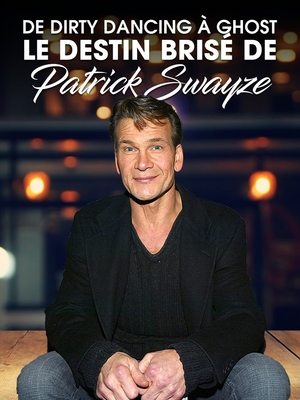

Engenhos e Usinas(1955)
A look at the now abandoned production farms, substituted by power plants.
Movie: Engenhos e Usinas

Brasilianas 4 Engenhos e Usinas
HomePage
Overview
A look at the now abandoned production farms, substituted by power plants.
Release Date
1955-01-01
Average
0
Rating:
0.0 startsTagline
Genres
Languages:
Português
Similar Movies
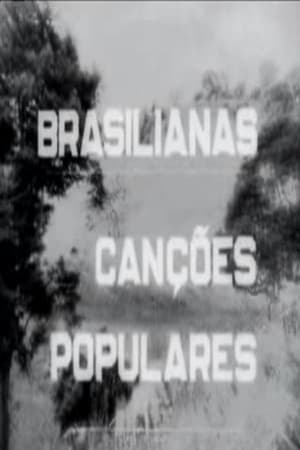 0.0
0.0Chuá-Chuá e Casinha Pequenina(pt)
The popular song Chuá Chuá, illustrated with scenes of rural life. Girl observes in window. A fountain drains water. A flower. The cattle grazing. River waters. Man seen from window of wattle and daub house. Girl hangs cage with bird. Man walks towards the gate. Ducks in river drink water. The popular song A Casinha Pequenina, illustrated with scenes from rural life. Hut surrounded by banana trees and a coconut tree. Children walk hand in hand, sit on the riverbank. Birds in cages. Again the little house and the vegetation that surrounds it, especially the coconut tree.
Azulão e Pinhal(pt)
A visual interpretation of Brazilian popular songs "Azulão" and "Pinhal".
Manhã Na Roça: O Carro de Bois(pt)
A morning in the farm shown with a beautiful musical background.
 6.6
6.6A Velha a Fiar(pt)
A Velha a Fiar illustrates a Brazilian folk song in which a being or entity is always predating another being, but is in its turn predated by some other animal, until the circle closes. It begins like this: an old woman is quietly weaving and a fly disturbs her; a spider eats the fly; a mouse eats the spider; a cat chases the mouse and so on...
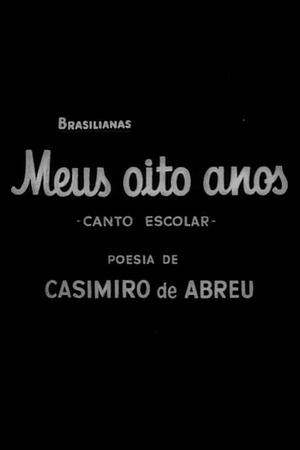 10.0
10.0Meus Oito Anos: Canto Escolar(pt)
A cinematographic interpretation of a Casimiro de Abreu poem.
 6.9
6.9Olympia: Part One – Festival of the Nations(de)
Commissioned to make a propaganda film about the 1936 Olympic Games in Germany, director Leni Riefenstahl created a celebration of the human form. This first half of her two-part film opens with a renowned introduction that compares modern Olympians to classical Greek heroes, then goes on to provide thrilling in-the-moment coverage of some of the games' most celebrated moments, including African-American athlete Jesse Owens winning a then-unprecedented four gold medals.
 6.7
6.7Olympia: Part Two – Festival of Beauty(de)
Commissioned to make a propaganda film about the 1936 Olympic Games in Germany, director Leni Riefenstahl created a celebration of the human form. Where the two-part epic's first half, Festival of the Nations, focused on the international aspects of the 1936 Olympic Games held in Berlin, part two, The Festival of Beauty, concentrates on individual athletes such as equestrians, gymnasts, and swimmers, climaxing with American Glenn Morris' performance in the decathalon and the games' majestic closing ceremonies.
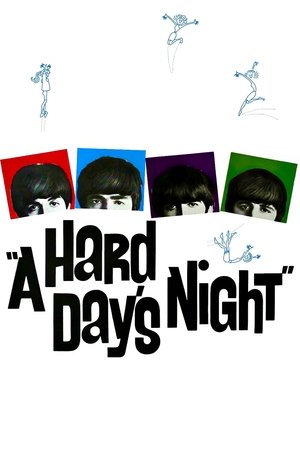 7.3
7.3A Hard Day's Night(en)
Capturing John Lennon, Paul McCartney, George Harrison and Ringo Starr in their electrifying element, 'A Hard Day's Night' is a wildly irreverent journey through this pastiche of a day in the life of The Beatles during 1964. The band have to use all their guile and wit to avoid the pursuing fans and press to reach their scheduled television performance, in spite of Paul's troublemaking grandfather and Ringo's arrest.
 6.7
6.7Workers Leaving the Lumière Factory(fr)
Working men and women leave through the main gate of the Lumière factory in Lyon, France. Filmed on 22 March 1895, it is often referred to as the first real motion picture ever made, although Louis Le Prince's 1888 Roundhay Garden Scene pre-dated it by seven years. Three separate versions of this film exist, which differ from one another in numerous ways. The first version features a carriage drawn by one horse, while in the second version the carriage is drawn by two horses, and there is no carriage at all in the third version. The clothing style is also different between the three versions, demonstrating the different seasons in which each was filmed. This film was made in the 35 mm format with an aspect ratio of 1.33:1, and at a speed of 16 frames per second. At that rate, the 17 meters of film length provided a duration of 46 seconds, holding a total of 800 frames.
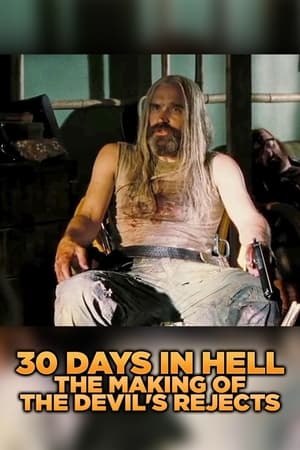 6.0
6.030 Days in Hell: The Making of 'The Devil's Rejects'(en)
An exhaustive, detailed documentary on the 30-day film shoot of "The Devil's Rejects"
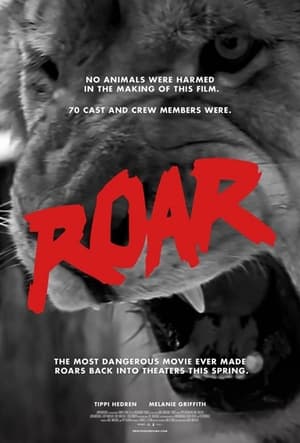 0.0
0.0The Making of Roar(en)
A production of Roar (1981) had special demands on both cast and crew. Learn about this incredible film and about the amazing people who made ROAR possible.
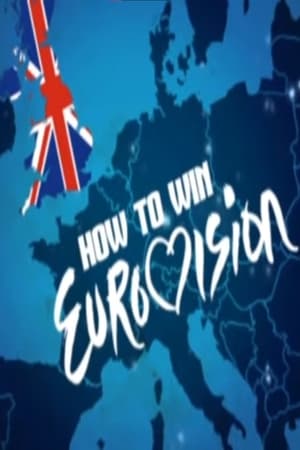 0.0
0.0How to Win Eurovision(en)
Greg James and Russell Kane present a look at all the ingredients needed to become a Eurovision winner, celebrating the UK's successes and also its hall of shame.
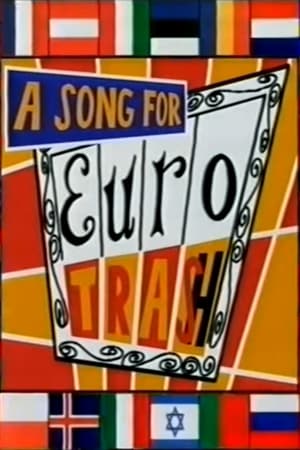 0.0
0.0A Song for Eurotrash(en)
A satirical look at Eurovision featuring cover versions of classic songs.
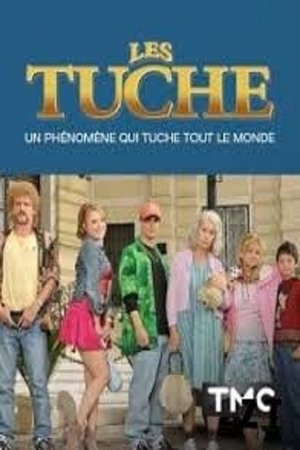 7.2
7.2Les Tuche : un phénomène qui tuche tout le monde(fr)
The phenomenon took everyone by surprise. In the span of three years, despite the mixed reception from the press upon its release in 2011, the Tuche family, a group of eccentric unemployed individuals, found a place in the hearts of the audience. With over eight million viewers during the television broadcast of the first installment and 4.6 million box office admissions for the second part, it became the biggest French success of 2016. The Tuche family has become a phenomenon. Word of mouth gave the film a second life beyond theaters, turning this tribe into the most popular family in French cinema.
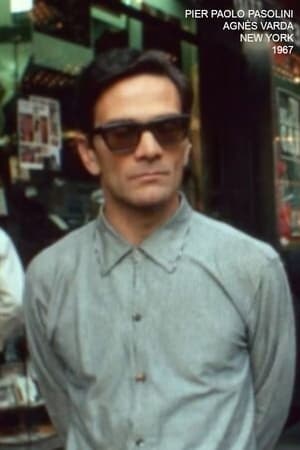 7.1
7.1Pier Paolo Pasolini - Agnès Varda - New York - 1967(fr)
Holding her 16mm camera, an optical prosthesis for a 20th-century stroller, Agnès Varda filmed 42nd Street in NYC in 1967, filming crowds of passers-by to the beat of the Doors. Recovered from the French director's boxes, with images of Varda, Pasolini and New York. Pasolini is shown walking in the Big Apple (where he went to present 'Hawks and Sparrows').
 6.5
6.5When Eurovision Goes Horribly Wrong(en)
Angela Rippon presents a guide to some of the Eurovision Song Contest's most disastrous moments. Including the kiss that ruined the chances of Danish singer Birthe Wilke.
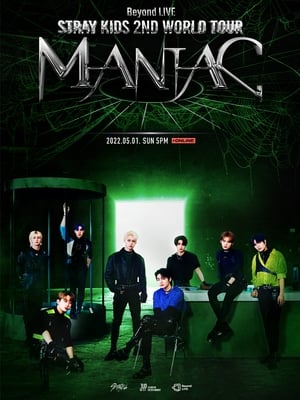 10.0
10.0Beyond LIVE – Stray Kids 2nd World Tour “MANIAC” in SEOUL(ko)
Stray Kids 2nd World Tour ‘MANIAC’! Are you ready to join the grand beginning of Stray Kids’ new world tour that will captivate STAY all around the world? Stray Kids will be showcasing their upgraded performances for global fans for the first time in 2 years and 5 months!
